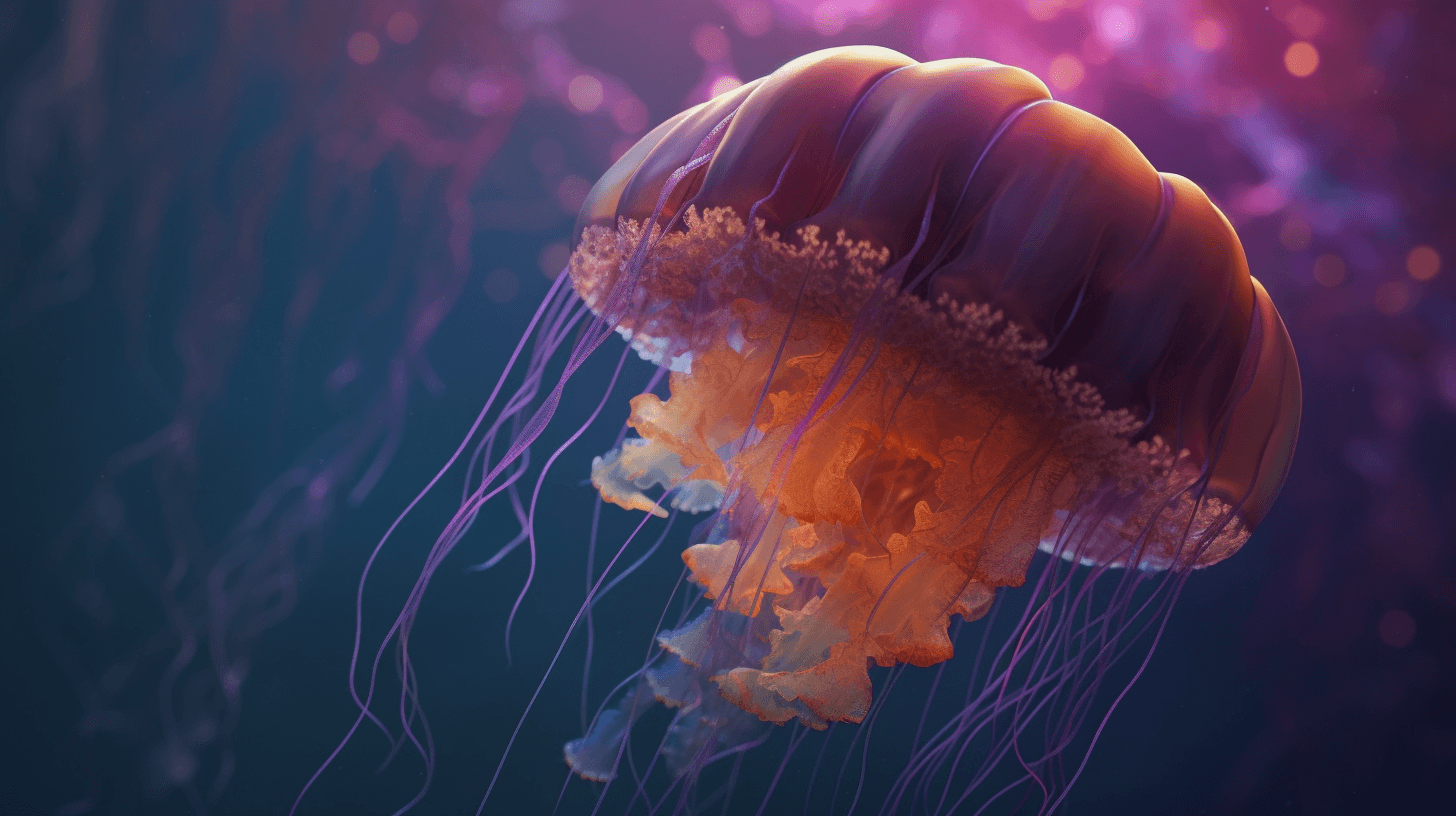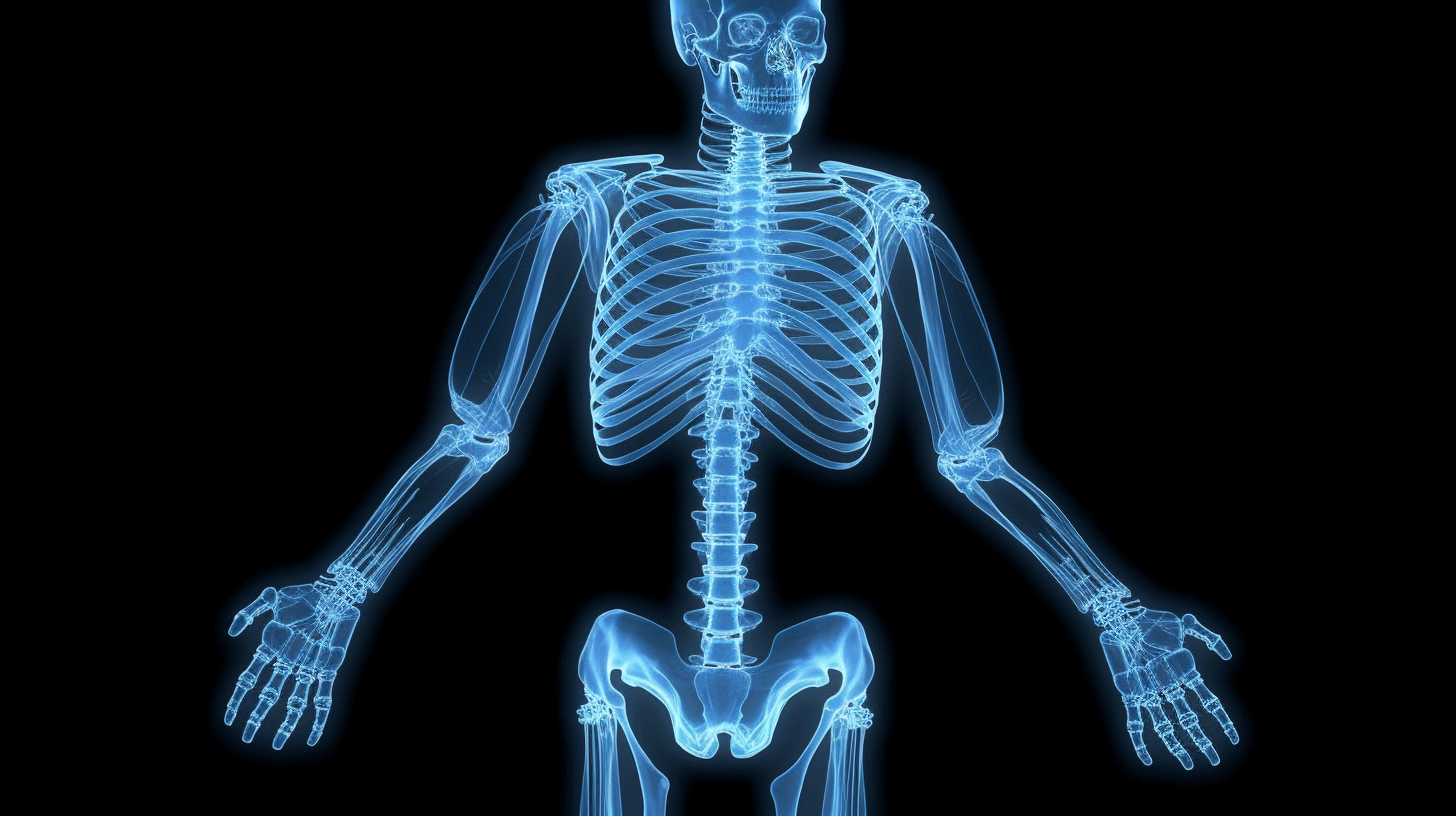🍽️🦟 Da Ancient Secret fo’ Controlling Hunger: Jellyfish an’ Fruit Flies Show da Way 🐙
🍽️🦟 Da Ancient Secret fo’ Controlling Hunger: Jellyfish an’ Fruit Flies Show da Way 🐙
Researchers from Tohoku University wen find one surprising link between how jellyfish an’ fruit flies control dea kine appetite, even dough dey wen separate from each odda about 600 million years ago! 😲 Da scientists, Hiromu Tanimoto an’ Vladimiros Thoma, wen discover dat da neuropeptides GLWamide inside Cladonema jellyfish an’ myoinhibitory peptide (MIP) inside fruit flies get similarities in structure, showing dat dey get one ancient connection. 🧬 Even moa crazy, wen dey swap da neuropeptides between da two species, da GLWamide/MIP system still wen work fo’ control dea kine eating behavior! Dat’s one major revelation fo’ understanding how we all stay connected in da evolutionary tree. 🌳
We know dat hormones an’ neuropeptides play one big role in controlling how we feel hungry or full. 🍔🥗 Dey can be found in plenty kine organisms, like humans, mice, an’ fruit flies. Dis widespread occurrence wen spark da researchers fo’ dig deeper an’ see how dis stay connected. So, dey wen look at jellyfish an’ fruit flies fo’ find answers. 🧐
Jellyfish wen share one common ancestor wit’ mammals about 600 million years ago, but dea bodies stay moa simple, an’ get one diffused nervous system called nerve nets. 🌐 However, dey still get plenny interesting behaviors, like fo’ find food, mate, sleep, an’ even learn. 📚 Even dough dey stay important fo’ understanding da tree of life, jellyfish neva get too much study, an’ not too much known about how dey control dea kine food intake. 🐙
Da research group, led by Tanimoto an’ Thoma, wen focus on Cladonema, one small jellyfish wit’ branched tentacles dat can be raised in one lab. 🥼 Dese jellyfish control how much dey eat based on how hungry dey stay. Da scientists wen compare da gene expression profiles in hungry an’ fed jellyfish an’ wen find five neuropeptides dat wen reduce feeding in hungry jellyfish. 🧪
Den dey wen look closer at one neuropeptide called GLWamide an’ how it stay controlling feeding. Dey found dat GLWamide wen stop tentacle shortening, which stay one important step fo’ moving captured prey to da mouth. 🦐 Wen dey wen label GLWamide, dey found ’em in motor neurons inside da tentacle bases, an’ feeding wen increase GLWamide levels. Dat wen lead ’em fo’ believe dat, in Cladonema, GLWamide stay acting like one signal fo’ say da body get enough food already. 🛑🍴
But da researchers neva stop dea. Dey wen look at fruit flies, whose feeding patterns stay controlled by one neuropeptide called myoinhibitory peptide (MIP). 🍇 Fruit flies dat no get MIP eat moa food an’ eventually become obese. 🍟 Interestingly, MIP an’ GLWamide get similarities in dea structures, suggesting dey get one evolutionary connection. 🧩
Researchers wen find one ancient connection between how jellyfish an’ fruit flies control dea appetite. Da neuropeptides GLWamide in jellyfish an’ myoinhibitory peptide (MIP) in fruit flies get similarities in structure, showing dey get one evolutionary link. 🐙🍇 Even wen dey swap da neuropeptides between da two species, da GLWamide/MIP system still wen work fo’ control eating behavior. Dis discovery stay helping us understand da deep evolutionary origins of how we all stay connected in da tree of life. 🌳😄
NOW IN ENGLISH
🍽️🦟 The Ancient Secret for Controlling Hunger: Jellyfish and Fruit Flies Show the Way 🐙
Researchers from Tohoku University have found a surprising link between how jellyfish and fruit flies control their appetite, even though they separated from each other about 600 million years ago! 😲 The scientists, Hiromu Tanimoto and Vladimiros Thoma, discovered that the neuropeptides GLWamide in Cladonema jellyfish and myoinhibitory peptide (MIP) in fruit flies have similarities in structure, showing that they have an ancient connection. 🧬 Even more amazing, when they swapped the neuropeptides between the two species, the GLWamide/MIP system still worked for controlling their eating behavior! This is a major revelation for understanding how we are all connected in the evolutionary tree. 🌳
We know that hormones and neuropeptides play a significant role in controlling how we feel hungry or full. 🍔🥗 They can be found in many organisms, like humans, mice, and fruit flies. This widespread occurrence sparked the researchers to dig deeper and see how this is connected. So, they looked at jellyfish and fruit flies for answers. 🧐
Jellyfish shared a common ancestor with mammals about 600 million years ago, but their bodies are more simple and have a diffused nervous system called nerve nets. 🌐 However, they still have many fascinating behaviors, like finding food, mating, sleeping, and even learning. 📚 Even though they are important for understanding the tree of life, jellyfish haven’t been studied much, and not much is known about how they control their food intake. 🐙
The research group, led by Tanimoto and Thoma, focused on Cladonema, a small jellyfish with branched tentacles that can be raised in a lab. 🥼 These jellyfish control how much they eat based on how hungry they are. The scientists compared the gene expression profiles in hungry and fed jellyfish and found five neuropeptides that reduced feeding in hungry jellyfish. 🧪
They then looked closer at one neuropeptide called GLWamide and how it controls feeding. They found that GLWamide inhibited tentacle shortening, which is an important step for moving captured prey to the mouth. 🦐 When they labeled GLWamide, they found it in motor neurons within the tentacle bases, and feeding increased GLWamide levels. This led them to believe that, in Cladonema, GLWamide acts as a signal to indicate that the body has had enough food. 🛑🍴
But the researchers didn’t stop there. They looked at fruit flies, whose feeding patterns are controlled by a neuropeptide called myoinhibitory peptide (MIP). 🍇 Fruit flies lacking MIP eat more food and eventually become obese. 🍟 Interestingly, MIP and GLWamide have similarities in their structures, suggesting they have an evolutionary connection. 🧩
Researchers found an ancient connection between how jellyfish and fruit flies control their appetite. The neuropeptides GLWamide in jellyfish and myoinhibitory peptide (MIP) in fruit flies have similarities in structure, showing they have an evolutionary link. 🐙🍇 Even when they swapped the neuropeptides between the two species, the GLWamide/MIP system still worked for controlling eating behavior. This discovery helps us understand the deep evolutionary origins of how we are all connected in the tree of life. 🌳😄







